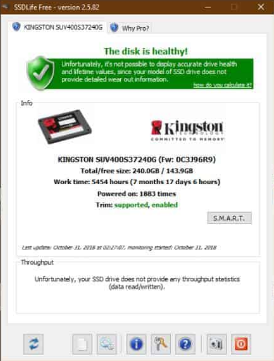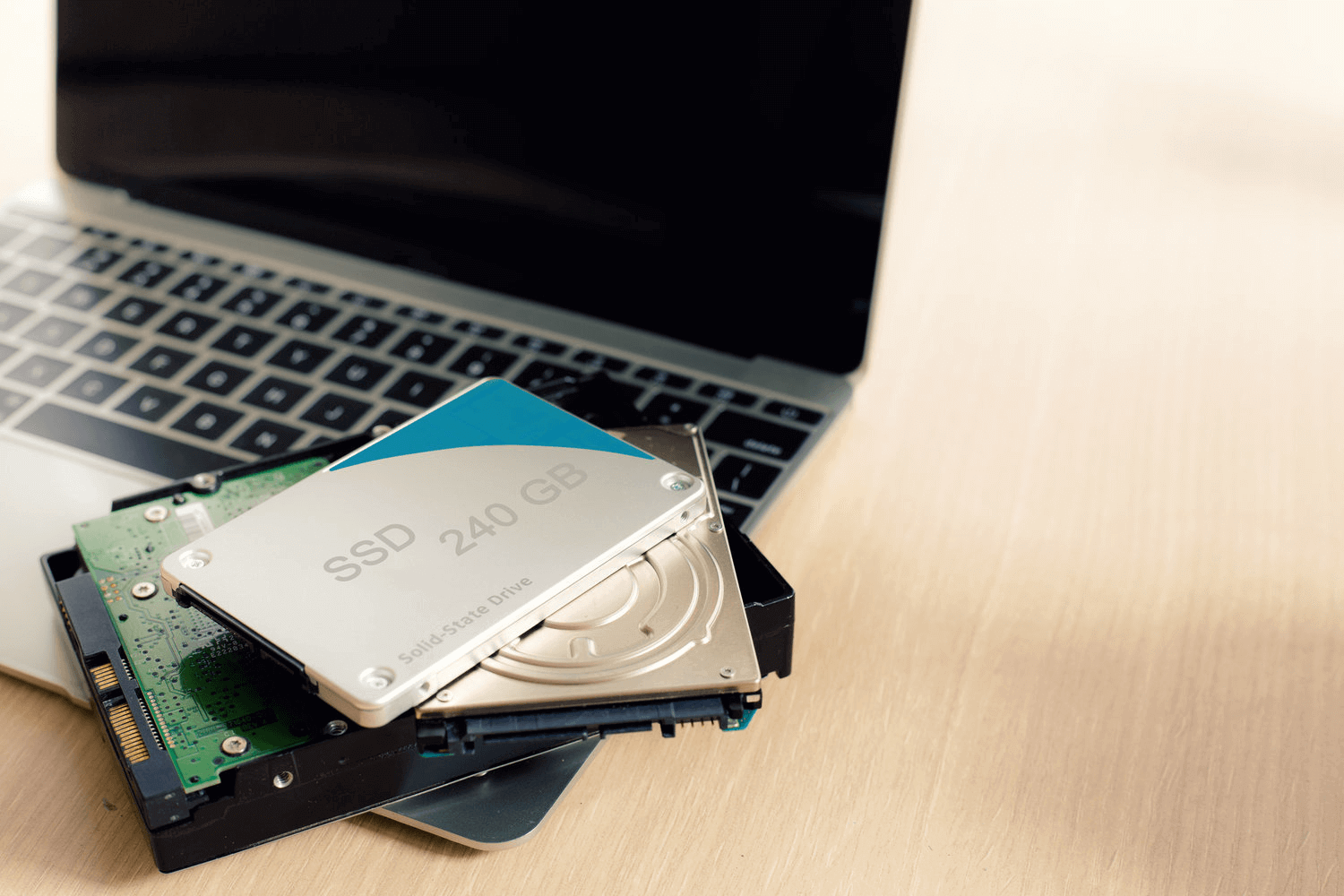


There were initial complaints around the make of the SSD being from a cheap producer which might result in low-quality components. The rather sudden swap on the “Hand Mirror” app can cause further kinks in the SSD read and write program which can provoke such spikes. The root cause behind Apple M1 Macs excessive SSD wear issue stems from the Big Sur macOS. However, if the SMART endurance data is to be believed, the endurance is around 2PBW for the 250GB. This results in stupidly high swap usage all-around, and it’s why Activity Monitor says I’ve used 1.1TB of disk in 11 hours when my screen time is 90% Chrome and Discord when all I’ve done is just kept DaVinci Resolve running.
Apple ssd health check free#
It also doesn’t help that macOS absolutely hogs RAM it uses 1-2GB for ‘cached files’, you have to Ctrl+Q a program if you want it to actually quit (and free RAM) instead of just hide in the dock, etc. You could keep a more intensive application running, doing absolutely nothing at all (open but idle), and it will use your disk at 100-200MB/s, constantly. If you keep a RAM-intensive application open (such as a game or a video-editing application) and it’s kept in swap, it will write far more than it needs to. The SMART data is accurate and in line with what Activity Monitor shows.
Apple ssd health check mac#
I have an M1 Mac (8/256) and this seems like a horribly designed swap algorithm more than anything. Communities on Reddit and e-forums like attribute to horribly designed swap causing the spike in TBW rates. Apple is yet to confirm the technical aspects. There are only speculations on the possible reasons behind excessive SSD drain. Why are Apple M1 Macs reporting excessive SSD wear? Meaning, the unit wouldn’t last for more than two months and the best case scenario being 2 years of SSD runtime. xqlSMjxwTa- Longhorn February 13, 2021Īccording to several users, a 256GB variant would likely have 30% of its lifespan reduced due to the issue. The machine is just a bit over 2 months old. Especially as the internal SSD isn’t replaceable. M1 Mac users have shared their SSD percentage statistics and the situation is alarming.Īpple, this is NOT okay. In other words, any fault in SSD will necessitate the entire logic board to be replaced, adding to the mounting worries. With Apple using a T2 encryption protocol, they are soldered by design onto the motherboard. On top of it, Apple’s SSDs cannot be replaced. It makes us understand that only limited data can be written on M1 SSD before rendering it useless.

Well, it severely undercuts the lifespan of the SSD. Once the safe limit is exceeded, SSD cannot be used for writing purposes. TBW of an SSD is defined by the manufacturer. The SSD usage reports of M1 Macs suggest that almost 10 to 13% of the maximum Total Bytes Written (TBW) limit got eaten up within months only. What does “ Apple M1 Mac report excessive SSD” mean? Several users have been commenting about the excessively high read and write rates. SSDs have taken over the HDDs as the basic requirement to run a computer at optimal performance. Scroll below for our take on Apple’s M1 Macs excessive SSD wear. But the issue here is high SSD drive writes over a relatively short time span. It is normal for an SSD to wear out with usage. There have been reports of abnormal usage of SSDs on the Apple M1 Mac leading to earlier wear-outs. The chorus on the new M1 Macs SSD wear has gained momentum with a number of users reporting. However, there are few troubling issues that plague the new line-up of Macs. An M1 Mac owner was convinced that he will be saved from the trouble of buying or even repairing for few years.
Apple ssd health check mac os#
Apple’s move to combine their proprietary CPU with their latest mac OS (Big Sur), was certainly well received.


 0 kommentar(er)
0 kommentar(er)
